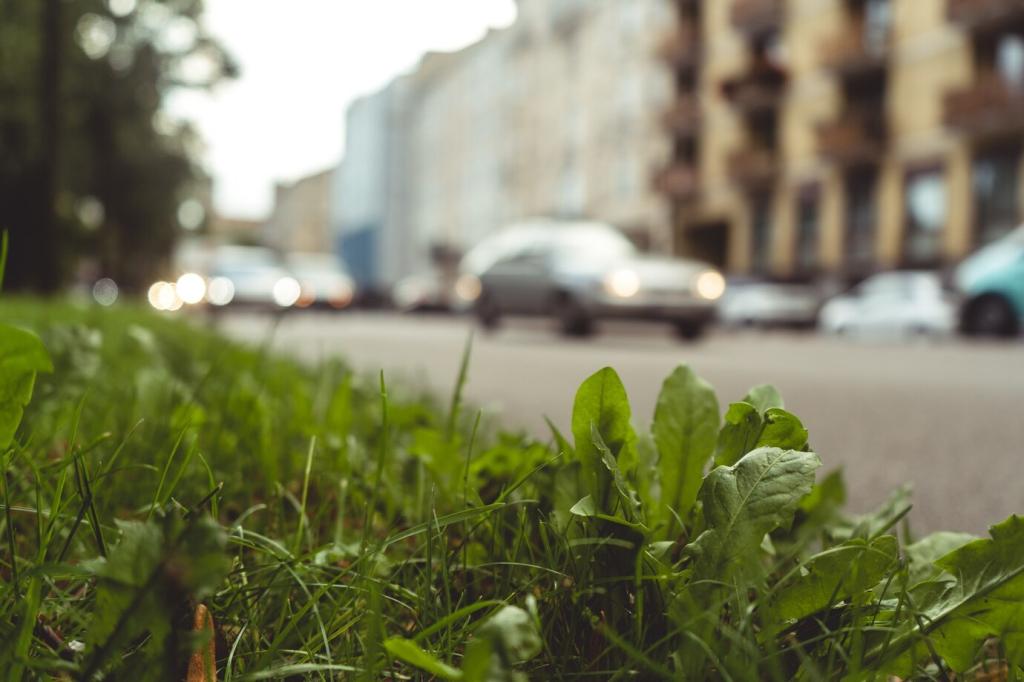
Microforestation Success Stories: Urban Biodiversity Boost
Today’s theme: Microforestation Success Stories: Urban Biodiversity Boost. Discover how tiny, densely planted pocket forests are transforming city corners into vibrant ecosystems brimming with life, data-backed results, and neighborly joy. Subscribe, share your observations, and help your block become a success story.
What Microforestation Means for City Life
Densely planting dozens of native species in a neglected corner jump-starts a living canopy that matures fast. After two summers, neighbors often report shade, bees, and birds returning together. Imagine your alley transformed; tell us where you would start and why.
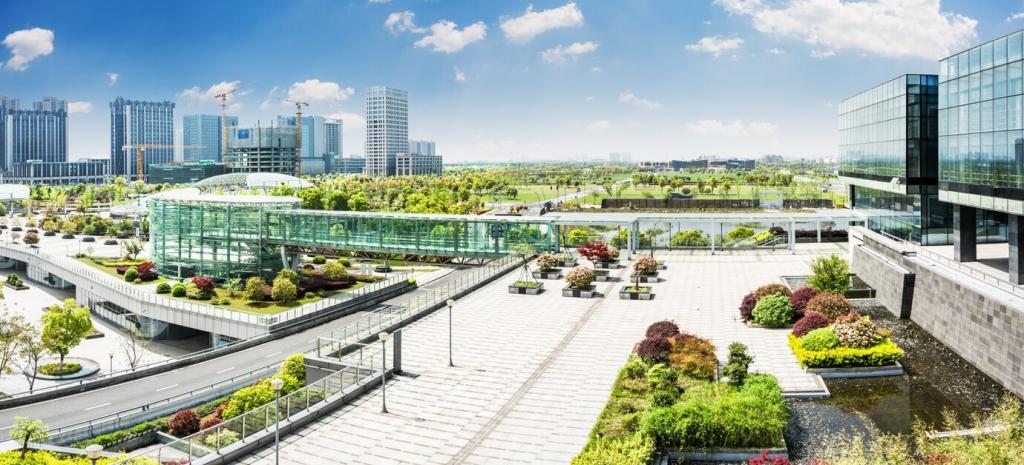

What Microforestation Means for City Life
A thriving microforest stacks canopy, subcanopy, shrubs, herbs, and leaf litter to host countless niches. Layered structure stretches bloom times, feeds pollinators, and shelters wildlife. For a strong urban biodiversity boost, subscribe to our seasonal planting calendar and native species updates.
Pollinators return quickly
Within 18 months, community counts often triple local bee species sightings and boost butterfly visit rates by over two hundred percent. Volunteers log observations through easy apps, building trustworthy datasets. Join our next pollinator count and add your block to the growing map.
Soil and fungi wake up
As roots knit the soil and mulch blankets moisture, fungal networks flourish. Infiltration times drop, erosion eases, and earthworm casts multiply. Borrow our simple soil testing kit, compare results, and learn how healthier soil unlocks even greater urban biodiversity gains.
Birdsong index and citizen science
We encourage dawn recordings to track shifts in bird diversity. One second spring, a pocket forest jumped from two baseline species to seven. Upload your audio, help verify calls, and celebrate the chorus that proves microforests truly change city soundscapes.
Designing Tiny Forests for Big Ecologies
Native stratification wins
Select locally adapted trees, understory shrubs, and ground layers to mirror regional ecosystems. Think oak or maple canopy, serviceberry and dogwood understory, and flowering perennials extending forage. Subscribe for region-specific plant lists curated to maximize biodiversity boosts in urban conditions.
Edges make magic
Wildlife thrives at edges where light and shelter meet. Create snags, log piles, rock clusters, and a small wet patch for amphibians. Edge-rich designs accelerate biodiversity gains. Comment with your favorite microhabitat idea, and we may feature your design next month.
Care that fades as forests mature
Establish deep mulch, weekly watering in year one, and vigilant weeding for two seasons. Afterward, shade closes, weeds retreat, and maintenance declines dramatically. Join our monthly stewardship huddles and learn how to transition from intensive care to gentle, observational tending.
Community-Led Success Stories
Third graders planted four hundred seedlings, labeled species, and tracked insects for a science fair. By year two, lunchtime shade appeared and pollinator counts soared. Teachers, message us for a starter kit and bring hands-on biodiversity learning to your campus this semester.
Community-Led Success Stories
Business owners converted a loading-dock strip into a microforest. Summer heat eased at deliveries, and night moth counts astonished everyone. If your team wants a productive, feel-good project with measurable environmental benefits, pledge a planting day and boost biodiversity near your workplace.
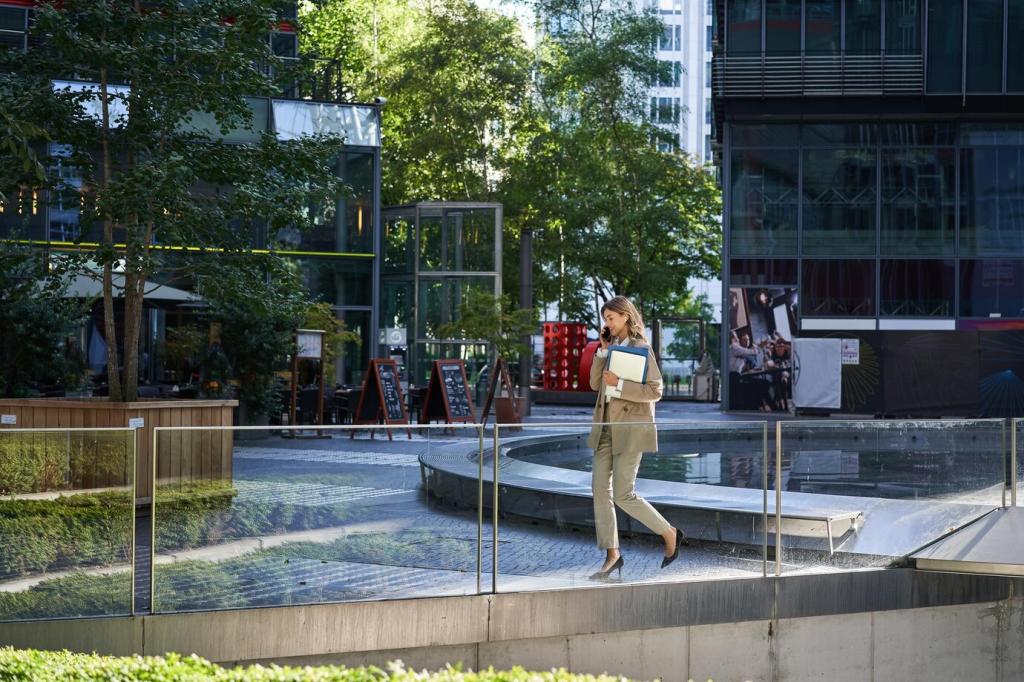
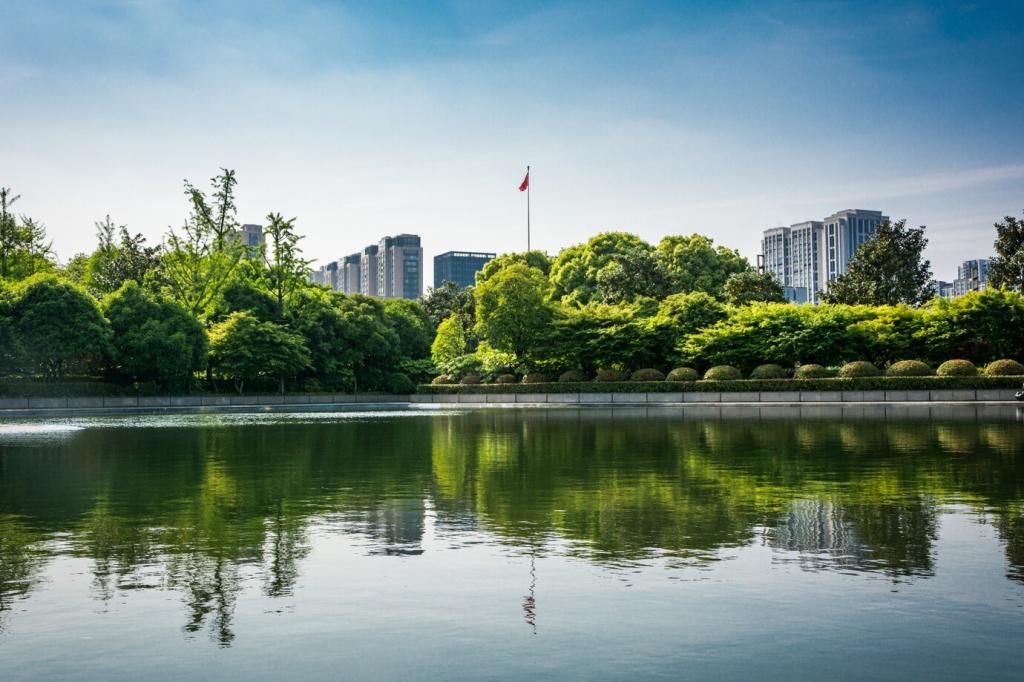
Resilience, Climate, and Everyday Comfort
Cooling that you can feel
Data loggers recorded midday temperatures dropping by more than three degrees Celsius at a pocket forest edge. Breezes softened, pavements cracked less, and neighbors walked farther. Lend a sensor, share readings, and help map cooling benefits where your community needs them most.
Stormwater slowed and soaked
After heavy rain, puddles that lingered for forty minutes vanished in ten as roots and mulch improved infiltration. Fewer stagnant spots meant fewer mosquitoes. Track rainfall with us, compare outcomes, and strengthen the case for microforests in flood-prone neighborhoods citywide.
Human health, shared joy
Green views reduce anxiety, and birdwatch breaks brighten workdays. Seniors rediscovered childhood memories among saplings, and kids invented trail stories. Tell us how nearby nature changes your day, and subscribe for monthly wellness prompts linked to your growing urban biodiversity oasis.
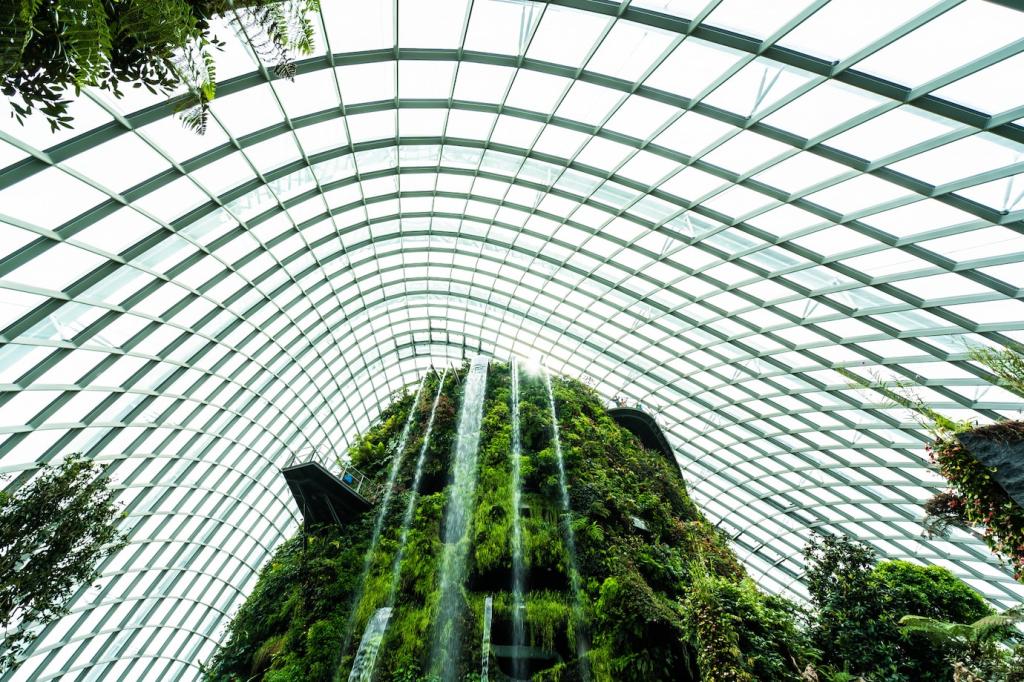

Find your spot and permissions
Map underused strips, courtyards, and corners with full sun and safe soil. Check utilities, talk with city staff or associations, and gather neighbors. Download our checklist, ask questions in the comments, and subscribe for step-by-step approvals advice matched to your locality.
Funding without red tape
Blend micro-donations, local grants, corporate volunteer days, and in-kind materials like mulch or compost. Seedlings can be sourced affordably through native nurseries. Request our sample budget, customize your plan, and share funding tips so others can repeat your biodiversity success story.
Mobilize volunteers, celebrate progress
Host calendar-friendly planting parties with inclusive roles and clear signage. Post monthly photo updates, track wildlife sightings, and mark milestones with neighborhood celebrations. Tag us on social media, invite friends to subscribe, and keep the momentum fueling new urban biodiversity boosts.
